Cold skin noodles, or liangpi in Chinese cuisine, are a beloved dish celebrated for their refreshing texture and bold flavors. At the heart of this iconic street food lies the sesame sauce—a creamy, aromatic elixir that ties together the dish’s vibrant ingredients. Achieving the ideal balance of nuttiness, richness, and harmony requires precision, patience, and an understanding of how each component interacts. This article delves into the intricacies of crafting sesame sauce for cold skin noodles, exploring ingredient selection, preparation techniques, and customization tips to elevate your culinary creations.
The Foundation: Selecting Quality Sesame Paste
The cornerstone of exceptional sesame sauce is the sesame paste itself. Traditionally, two types dominate Chinese cooking: hu jiang (sesame paste made from roasted sesame seeds) and erh jiang (a blend of sesame and peanut pastes). For cold skin noodles, pure sesame paste is preferred to preserve the dish’s authentic flavor profile. When choosing a paste, opt for brands with minimal additives—ideally, those containing only toasted sesame seeds and perhaps a touch of salt. Avoid products with hydrogenated oils or artificial thickeners, as these can compromise the sauce’s texture and taste.
If sesame paste is unavailable, tahini (Middle Eastern sesame paste) can serve as a substitute, though it often has a lighter, less intense flavor. To deepen its profile, lightly toast the tahini in a dry pan over low heat until fragrant before use. This step mimics the roasting process essential to traditional Chinese sesame paste production.
Balancing Flavors: The Role of Aromatics and Seasonings
Sesame sauce alone is one-dimensional; its true potential emerges when paired with complementary aromatics and seasonings. The classic formula includes garlic, vinegar, soy sauce, sugar, and chili oil, each contributing to the sauce’s complexity.
- Garlic: Fresh garlic provides a pungent kick that cuts through the richness of the sesame. For a milder flavor, blanch the garlic cloves in boiling water for 30 seconds before mincing. This mellows their sharpness while retaining their aromatic essence.
- Vinegar: Chinese black vinegar or Chinkiang vinegar imparts a subtle smokiness, but rice vinegar or apple cider vinegar can work in a pinch. Avoid distilled white vinegar, as its harsh acidity can overwhelm the sauce.
- Soy Sauce: Light soy sauce adds saltiness and umami, while dark soy sauce contributes color and depth. A 50-50 blend is ideal, but adjust to taste. For gluten-free alternatives, use tamari or coconut aminos.
- Sugar: A pinch of sugar balances the sauce’s acidity and bitterness. Brown sugar or honey can add caramelized notes, though white sugar keeps the flavor clean.
- Chili Oil: Homemade chili oil infused with Sichuan peppercorns, star anise, and cinnamon elevates the sauce’s heat and fragrance. Store-bought versions vary in spice level, so taste before adding.
The Emulsification Process: Achieving Creamy Perfection
Sesame paste’s high fat content makes it prone to separation. To create a cohesive, silky sauce, emulsification is key. This process involves gradually incorporating liquid into the paste while whisking vigorously to create a stable mixture.
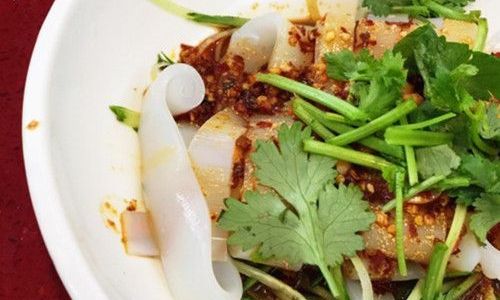
Step 1: Thinning the Paste
Begin by placing 3–4 tablespoons of sesame paste in a mixing bowl. Add 1–2 tablespoons of hot water (not boiling) and stir vigorously with a spoon or whisk. The water loosens the paste, making it easier to incorporate other ingredients.
Step 2: Adding Aromatics
Once the paste is smooth, add 2 minced garlic cloves, 1 tablespoon of vinegar, 1 tablespoon of soy sauce, 1 teaspoon of sugar, and 1–2 tablespoons of chili oil (adjust to taste). Whisk until combined.
Step 3: Gradual Liquid Integration
Slowly drizzle in 2–3 tablespoons of cold water or broth while whisking continuously. This step controls the sauce’s consistency—add less for a thicker texture or more for a pourable dressing.
Step 4: Adjusting Seasonings
Taste the sauce and adjust as needed. Add more vinegar for tanginess, soy sauce for saltiness, or sugar for sweetness. For extra richness, stir in a teaspoon of sesame oil or a dollop of peanut butter.
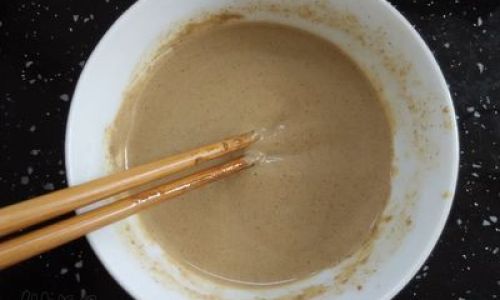
Customization: Tailoring the Sauce to Your Palate
The beauty of sesame sauce lies in its adaptability. Experiment with the following variations to suit your preferences:
- Spicy Lover’s Edition: Double the chili oil and add a pinch of crushed red pepper flakes.
- Herb-Infused Twist: Mix in chopped cilantro, mint, or scallions for freshness.
- Tangy Variation: Swap half the vinegar for lime juice and add a teaspoon of grated ginger.
- Nut-Free Alternative: Replace sesame paste with sunflower seed butter for a similar texture without allergens.
Common Pitfalls and How to Avoid Them
- Sauce Too Thick: If the sauce resembles paste, gradually add cold water while whisking. Avoid adding liquid all at once, as this can cause lumps.
- Bitter Aftertaste: Over-toasting sesame seeds or using rancid paste can introduce bitterness. Always store sesame products in a cool, dark place and discard if they smell rancid.
- Bland Flavor: Under-seasoning is a common issue. Remember to taste and adjust incrementally, as flavors meld over time.
- Separation: If the sauce breaks, re-emulsify it by whisking in a teaspoon of cold water at a time until smooth.
Serving Suggestions: Pairing the Sauce with Cold Skin Noodles
Cold skin noodles are typically made from wheat starch or rice flour, resulting in a chewy, translucent texture. To assemble the dish:
- Cook the Noodles: Follow package instructions or make homemade liangpi (a labor-intensive process involving steaming batter until it forms sheets, then slicing into strips).
- Prep the Toppings: Shred cucumber, julienne carrots, and blanch bean sprouts. Add protein like sliced chicken, tofu, or boiled eggs.
- Assemble: Toss the noodles and toppings with a generous spoonful of sesame sauce. Garnish with chopped peanuts, sesame seeds, and a drizzle of chili oil.
Storage and Shelf Life
Homemade sesame sauce can be stored in an airtight container in the refrigerator for up to one week. If separation occurs, whisk briefly before use. For longer storage, freeze the sauce in ice cube trays and thaw as needed.
Cultural Significance: Sesame Sauce Beyond the Bowl
In Chinese cuisine, sesame sauce transcends its role as a condiment. It anchors dishes like zhajiangmian (noodles with soybean paste) and jianbing (savory crepes), symbolizing the harmony of flavors central to Chinese cooking. The act of preparing sesame sauce—roasting seeds, grinding them into paste, and balancing flavors—mirrors the patience and precision required in traditional craftsmanship.
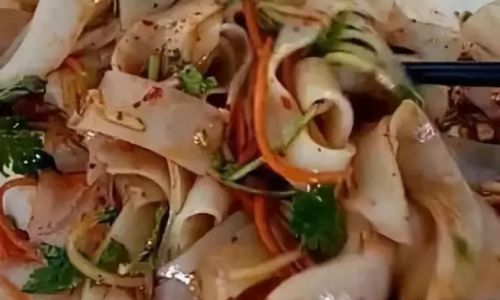
Conclusion: Elevating Your Cold Skin Noodle Experience
Mastering sesame sauce is a journey of refinement. Each batch offers an opportunity to hone your palate, experiment with textures, and celebrate the interplay of ingredients. Whether you prefer your sauce bold and spicy or subtle and nuanced, the key lies in understanding the alchemy of sesame, aromatics, and seasonings. With practice, you’ll craft a sauce that not only complements cold skin noodles but also elevates salads, grilled meats, and roasted vegetables into memorable meals. So grab your whisk, embrace the process, and savor the rewards of your labor—one creamy, aromatic spoonful at a time.
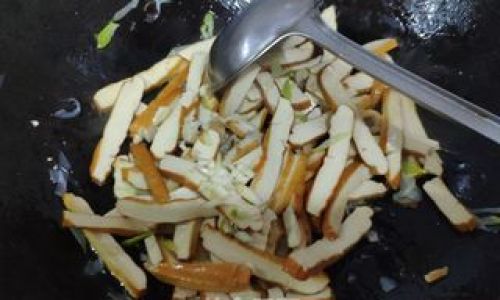
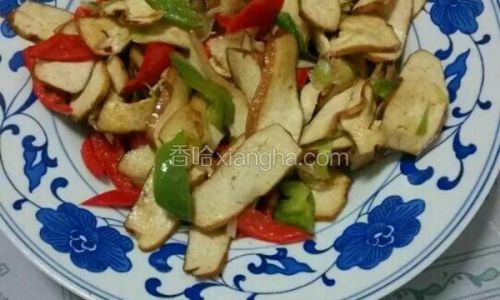


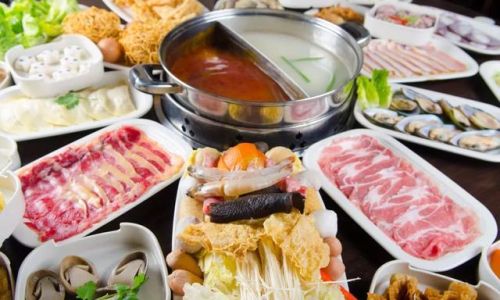
0 comments